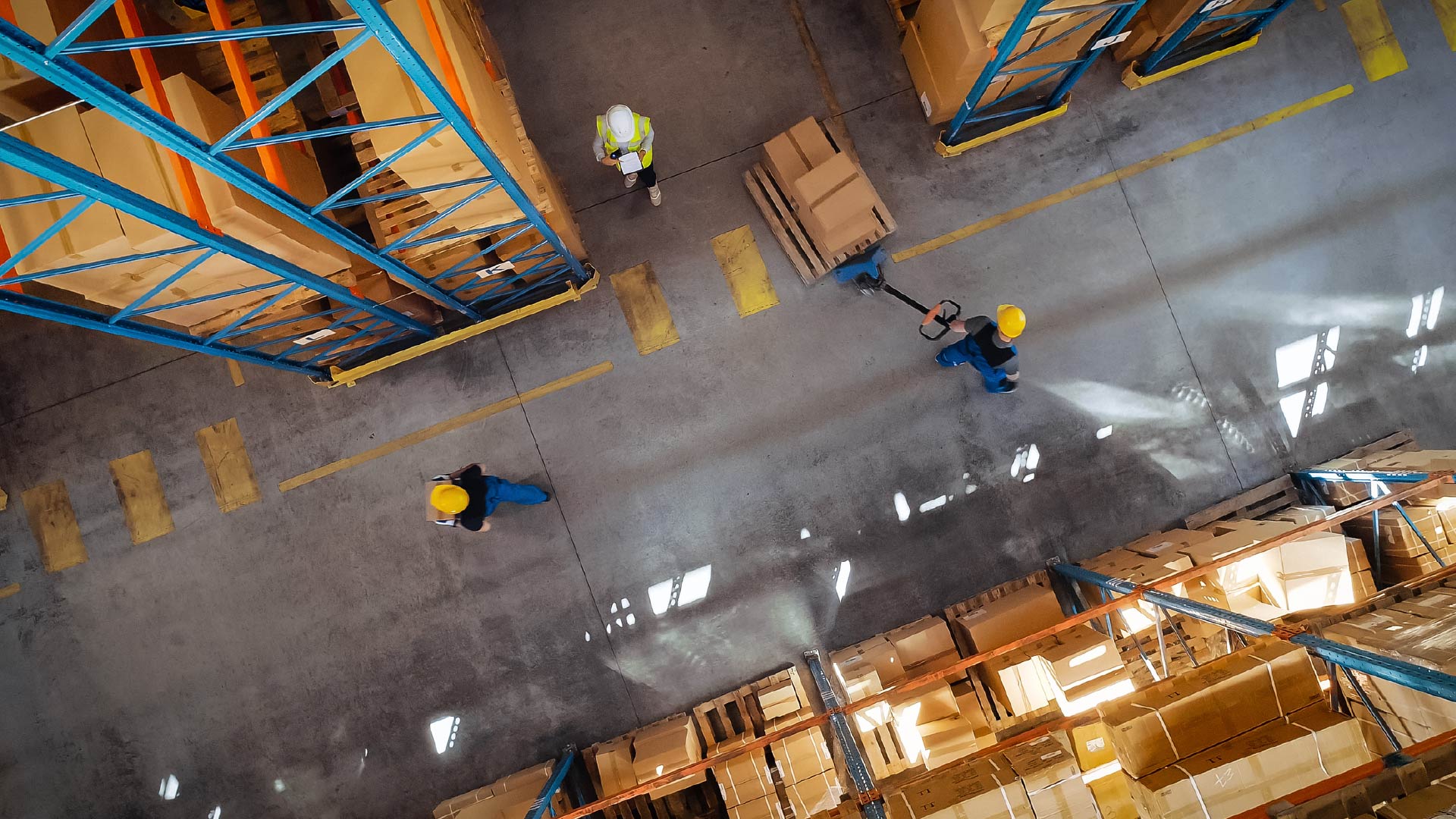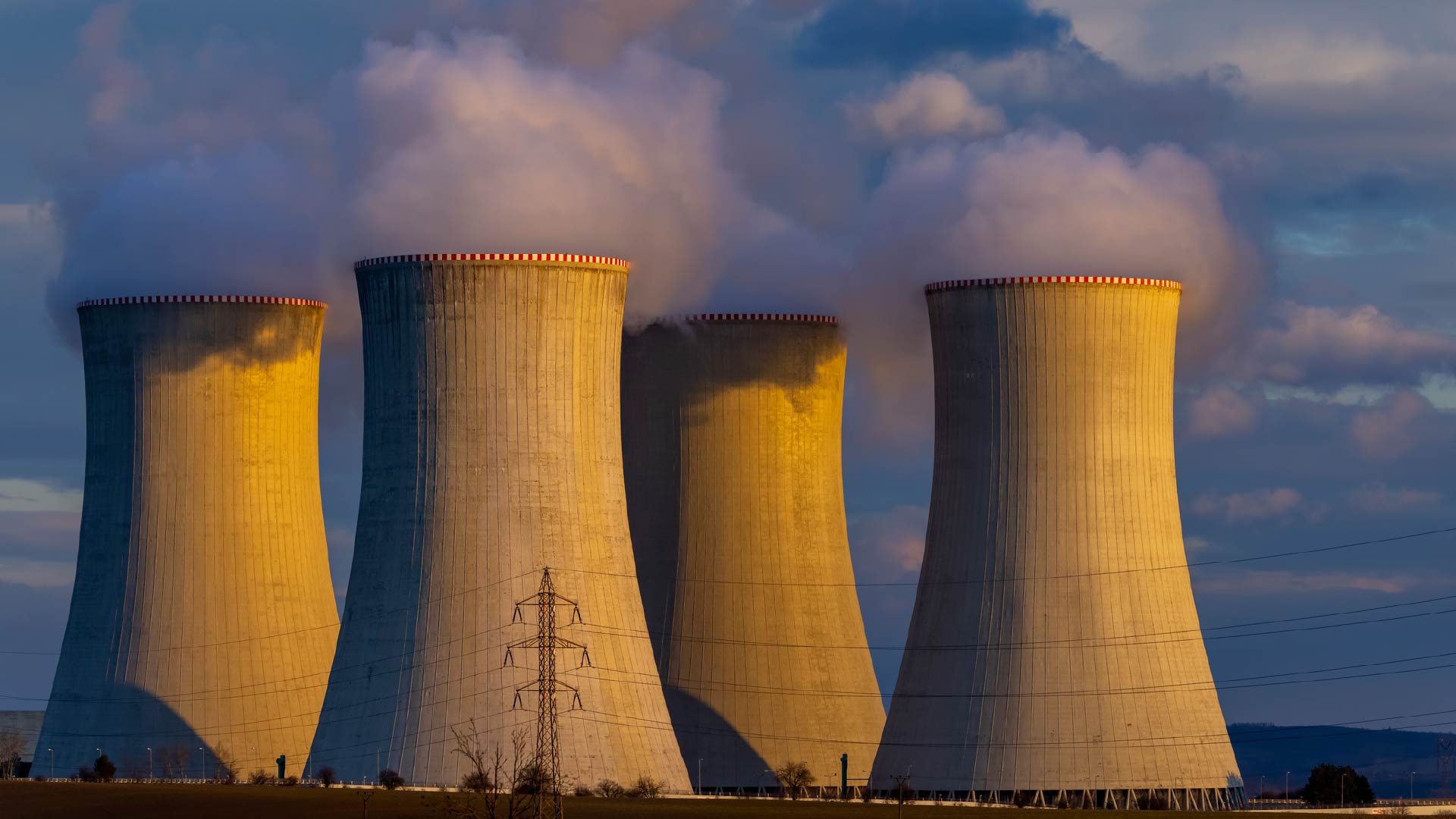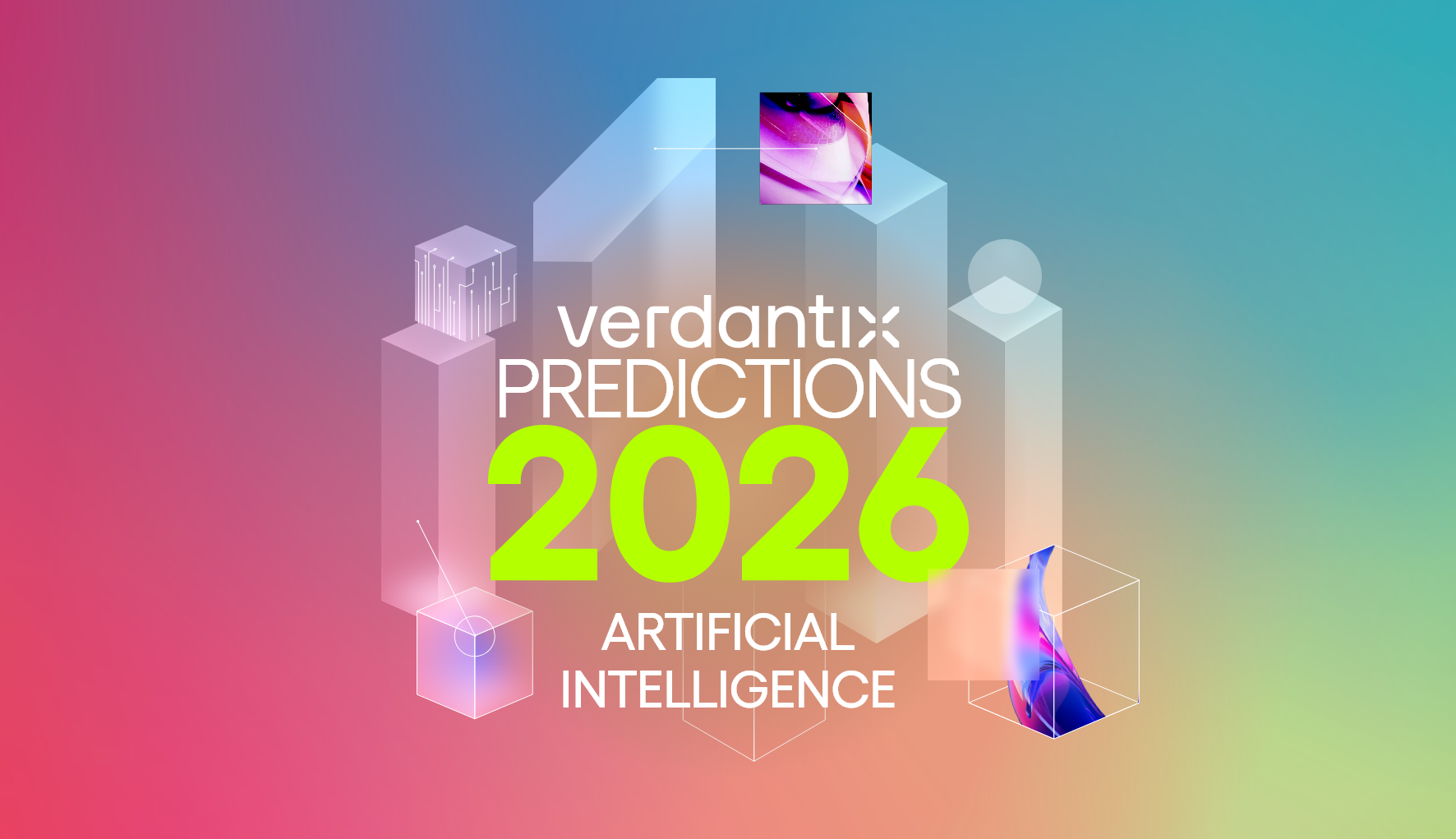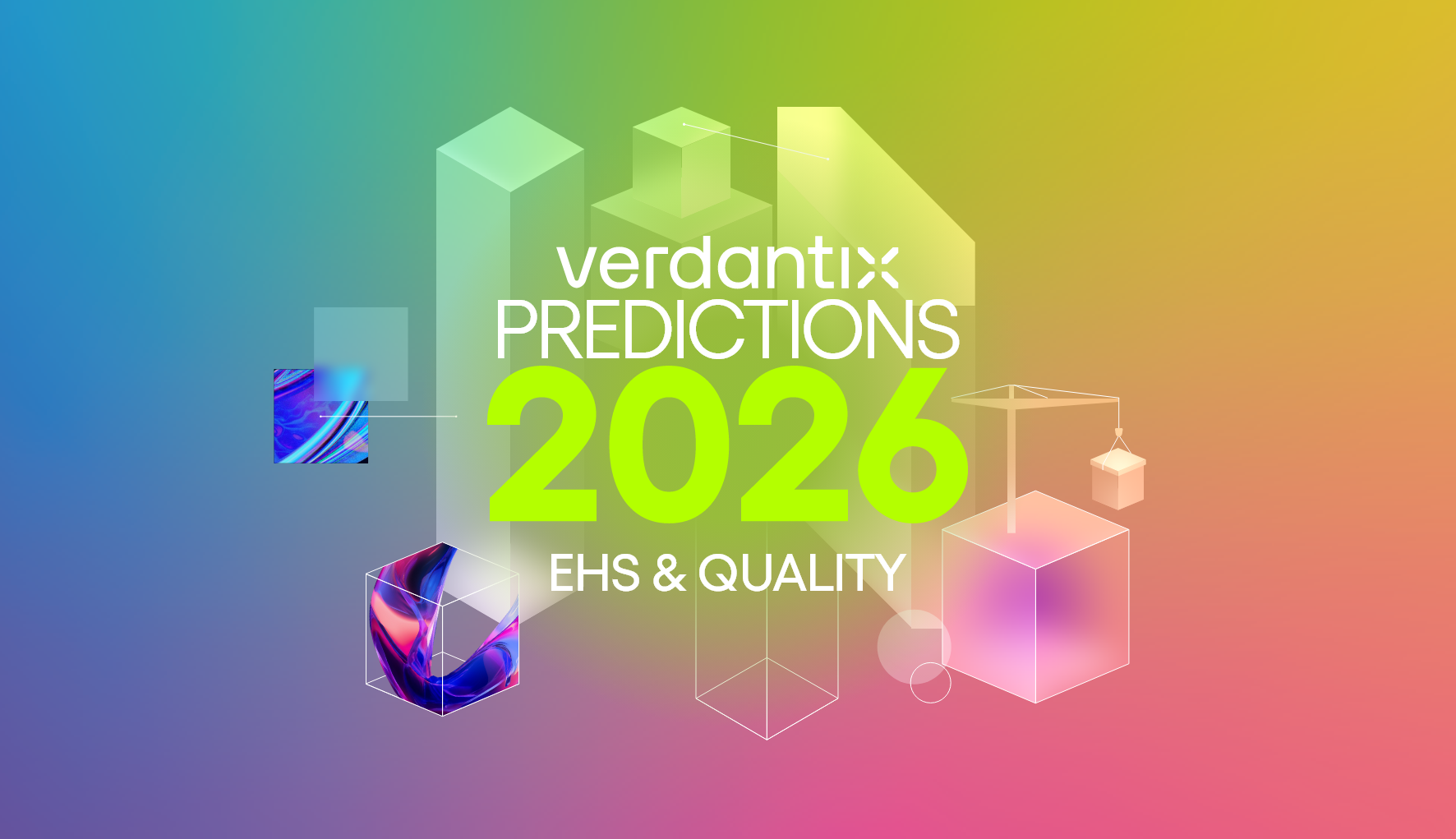Timeseer.AI Focuses On Enhancing Data Quality And Observability For Reliable AI Analytical Insights
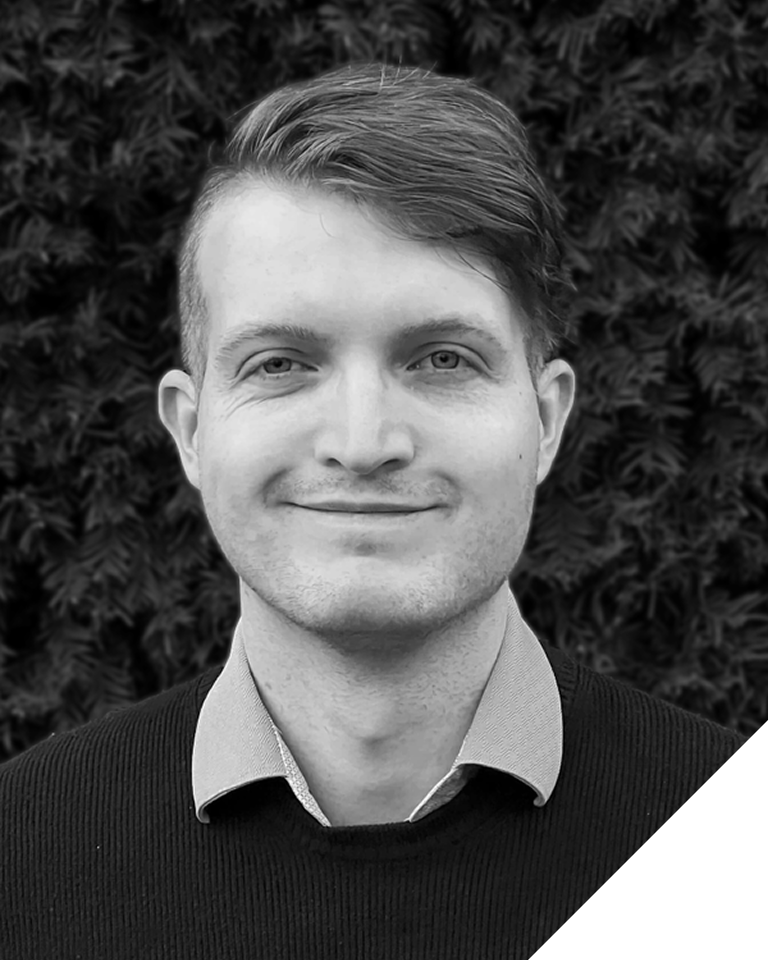
Joe Lamming
Generative AI is experiencing an extended stint in the spotlight, becoming mainstream in 2022 with OpenAI’s launch of DALLE-2, an image-generating system taking inspiration from millions of captioned photos from the internet. Similarly, Google’s LaMDA chatbot made headlines after convincing an engineer of its sentience. November 2022 saw the public launch of ChatGPT and the subsequent starting pistol for a new search engine war between Microsoft and Google – as well as the start of a controversial global race towards artificial general intelligence.
However, along with pivotal advances in deep learning algorithms and distributed model training techniques, a key ingredient in the explosion of recent AI success is a renewed focus on data quality. In addition to vast quantities of data, successful AI projects depend on effective tools to filter out toxic and low-quality content before training the algorithms. As the ancient saying goes, “garbage in, garbage out”: data-driven algorithms and informative analytics are only as good as the data driving them. This is truer still in the industrial world, where timeseries data is the foundation and data comes directly from physical measurements, contending with quality issues arising from sensor noise, drift and failure.
Timeseer.AI, the timeseries-focused DataOps software provider, launched in 2020. Co-founded and led by former TrendMiner CEO Bert Baeck, Timeseer closed a $6 million seed funding round in January 2022 with Crane Venture Partners, Fortino Capital and Smartfin Capital.
Data quality and reliability is at the heart of Timeseer’s solution, offering more than 100 pre-built, and equipment- and sensor-agnostic metrics to condense the overall health of the timeseries data into glanceable indicators. Such metrics include variance drift, broken correlations, anomalies and missing values – alongside data fix tools such as interpolation and imputation, metadata enrichment, filters and transformations. The platform also enables the deployment of custom data quality metrics.
Industrial analytics vendors tend to focus their offerings on the end goal – delivering high-ROI insights for decision-makers. Data quality control, conversely, is a foundational task performed in the background. Invisible when it works, difficult to diagnose when it does not. Yet, 41% of respondents to our 2022 survey saw data cleaning as a “very important” activity over the next 12 months, with a further 38% seeing it as “important”. All too often, the advanced analytics driving automated warnings and KPI dashboards fail not due to insufficiently powerful algorithms – but because of data quality issues. Data cleaning, lineage and feature extraction featured as one of the ten key capabilities of industrial data management solutions in the recent Verdantix Smart Innovators report on the topic – with notable vendors including AVEVA, Cognite and Hitachi Vantara.
Considering Timeseer’s platform is built specifically around data quality and observability, data scientists for industrial firms now have another tool to directly tackle the foundational challenges to an optimized and autonomous industrial future.
Check out Verdantix Strategic Focus: Why Industrial Firms Need DataOps Platforms For Asset Management Digitization and Verdantix Smart Innovators: Industrial Data Management Solutions to learn more.
About The Author

Joe Lamming
Senior Analyst
